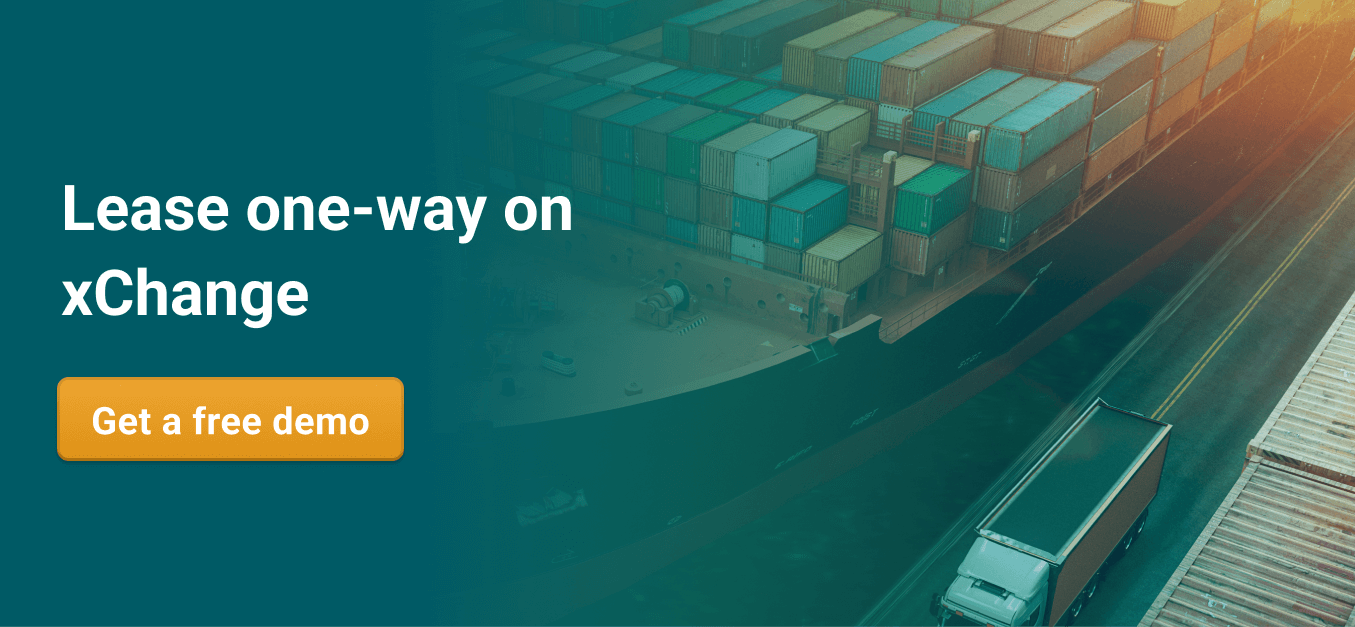The container travels far and wide before it reaches its destination. Get an insight into what it means for your business and how xChange can help you curb challenges along the way.
In this blog, you’ll learn:
-
- Container flow refers to the entire journey the container makes from the exporter’s warehouse to the importer’s warehouse.
- The container shipping process flowchart showcases each step in the container flow process.
- Empty container repositioning means moving empty containers from an area with a surplus of containers to a location with a deficit — this is time-consuming and expensive.
- How xChange can help you avoid empty container repositioning during the container flow process to save your time and money.
Did you know? Every third container being moved is empty. In an ideal world, a container on its way to its destination port should already have cargo waiting to get loaded. The container would then be on its way back, full of freight. But in the real world, discrepancies in the supply and demand chain create container flow imbalances. As a result, the container is then shipped empty.
But what if we told you we can make this challenge disappear! Poof! Just like that, your empty container problems will be gone. How would that work? The process is simple, hassle-free, and safe. Sounds too good to be true? Give it a try and see for yourself right here!
All you need to do is, choose “I want to lease containers”, select a pick-up location, and hit “search” to find available containers.
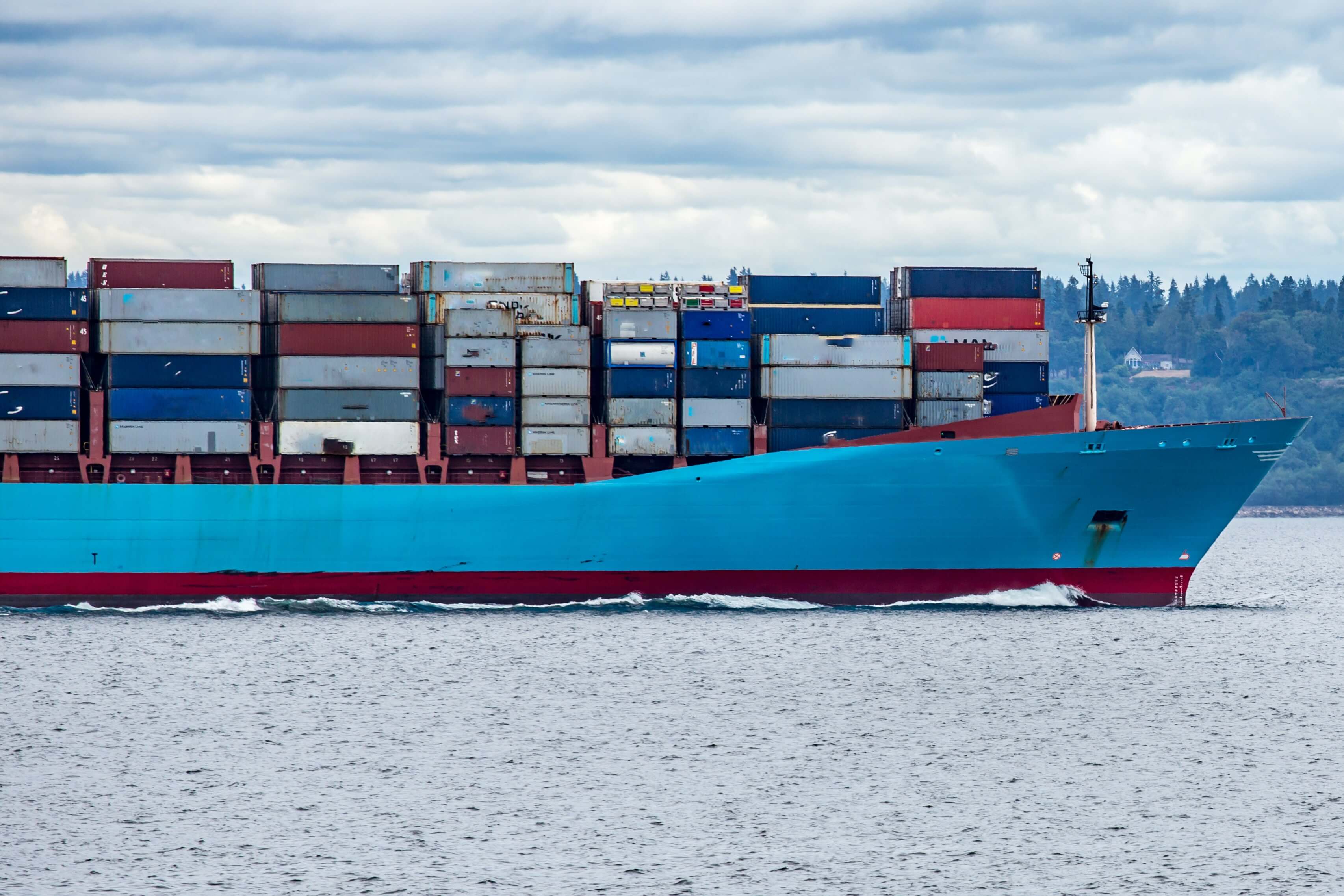
What is container flow?
Container flow refers to the entire journey the container makes from the exporter’s warehouse to the importer’s warehouse. This process involves the movement of a container from one point to another.
Example: handbags in the exporter’s warehouse in the US are loaded into containers and are brought to port to be loaded onto port trucks and then on to ships. Once they reach the destined port in India, they are then unloaded from the ships and taken to the importer’s warehouse.
This entire journey the container makes is referred to as the container flow. There are a lot of processes involved during the entire flow cycle. You can get a better understanding of it below where we take you through the container shipping process flow chart.
Container shipping process flowchart
To get a better understanding of how this process works, let’s have a look at our container shipping process flowchart below:
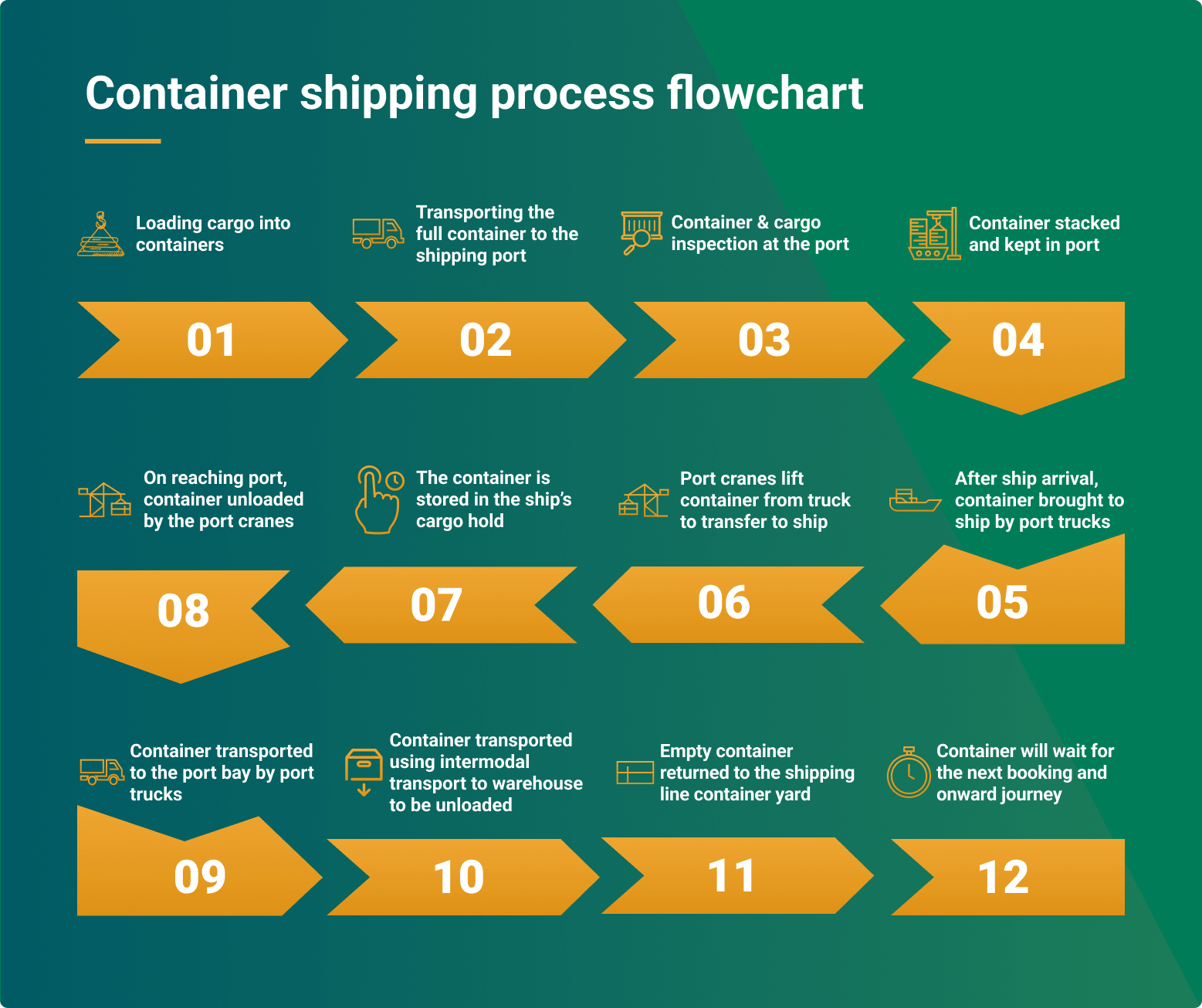
An in-depth look at the container shipping process flowchart
1. Exporter selects a shipping company whose container will come to its factory for cargo loading.
2. Freight forwarder will get the containers from the shipping company and bring them to the exporter for filling, stuffing, and sealing of cargo.
3. Freight forwarder will arrange for transporting of the container from the exporter factory to the designated shipping port for loading onto the ships.
4. After port paperwork, customs checks, and final inspection, the container will be moved inside the port storage facility.
5. In the port, the container weights will be measured and the entries will be made. The container will then be stacked and ready to be loaded on the ship.
6. Once the ship arrives, the container will be brought to the ship by port trucks.
7. Port cranes, will be used to lift the container from the truck and transfer it to the ship.
8. The container will be stored in the ship’s cargo hold.
9. Once the ship reaches the destined port, the container will be unloaded by the port cranes and transported to the port bay by port container trucks.
10. Once the custody of the shipment is acquired by the freight forwarder, the container will be transported using intermodal transport to the importer’s warehouse where the container will be unloaded.
11. The empty container will now be returned to the shipping line designated container yard, where it will wait for the next booking and onward journey.
Types of container flow
There are two types of container flows.
Balanced container flow
This refers to the container flow of exports and imports between two locations. In this type of flow, there is an opportunity for a backhaulWhat is Backhaul? In freight and shipping, backhaul refers to the journey of transporting medium (vessel, containers, rails, trucks) from its port of destination back to the original port of origin. I... More movement for each full container being unloaded. This is what you want for your business.
Imbalanced container flow
Here, the container flows in only one direction, which means that the container returns without carrying any load.
This one-way flow of containers leads to empty container repositioning and is not good for your business. That is because empty container repositioning has a substantial economic downside for your business.
Moving empty containers will cost you a lot of money and who wants to see their money running down the drain for every single empty container moved around the globe, right?
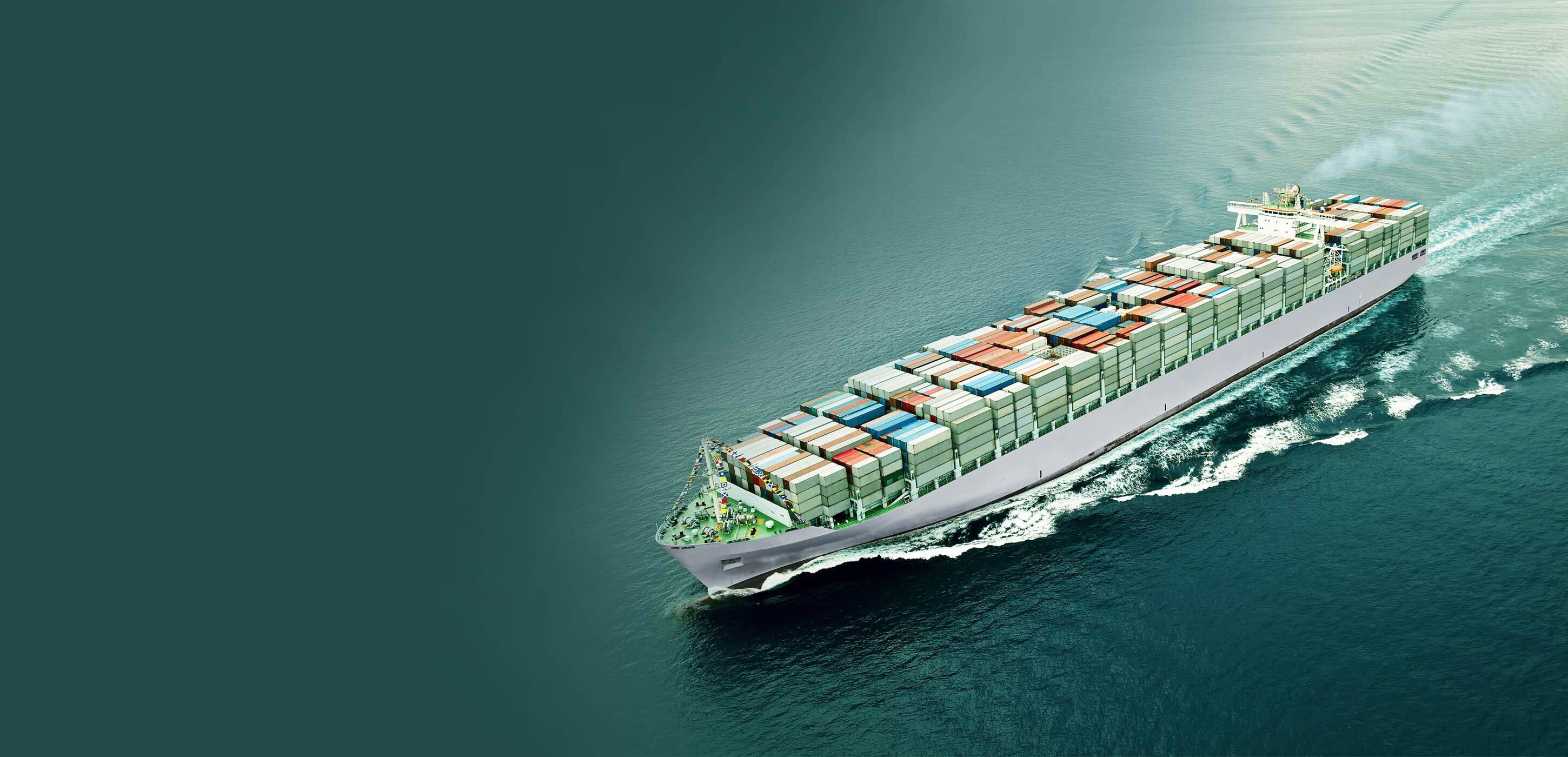
Empty container repositioning: Result of container flow imbalance
Container flow imbalance is a major challenge in the container flow process. It occurs when there is a shortage of containers. Generally, containers carry goods to a country/port. Then, those same containers are used to bring goods back to the country of origin. When exports match imports, the system runs smoothly. But when a country has nothing to ship back, the containers sit empty at ports and warehouses while the country of origin faces container scarcity.
Let’s take the example of China in explaining the container flow imbalance.
China is a major manufacturing mogul. There are large amounts of commodities shipped from China to Europe and the U.S. The export exceeds the imports. Therefore, China doesn’t have enough containers coming back. When the containers arrive in Europe and the U.S, they pile up at the ports since the import in these places exceeds the export. This produces a surplus of containers in the U.S. and a deficit in China.
This sums up what the container flow imbalance is – as seen in the example above, the main reason for the container imbalance is that more shipments go from China to the U.S. and Europe than the other way around.
Situations like these lead to a lot of empty containers sitting at port collecting unnecessary surcharges along with empty container repositioning i.e.moving empty containers from an area with a surplus of containers to a location with a deficit.
Let’s look at empty shipping container repositioning in detail below.
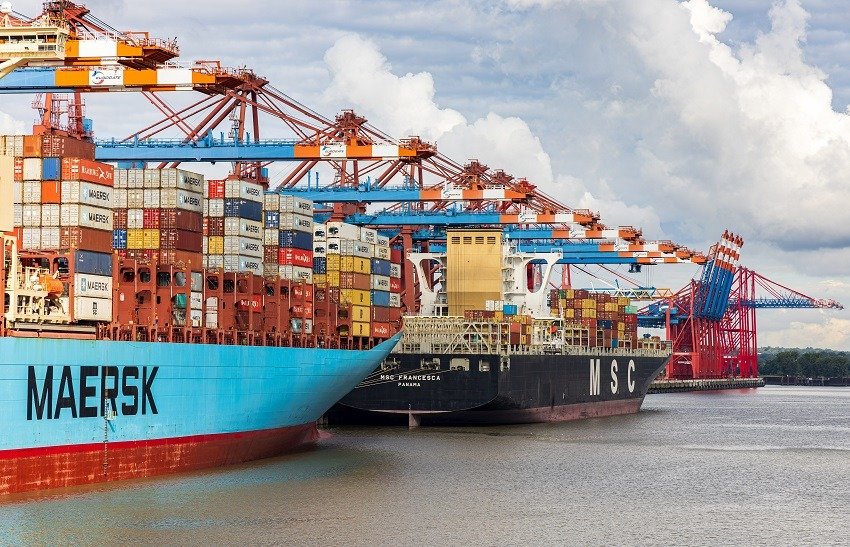
Explaining the empty container repositioning
Picture this: you have a few containers in Liverpool. You’re looking to move them to China – a more lucrative location. That leaves you with having to move your empty containers from Liverpool to Asia.
Think of all the surcharges you’ll have to pay:
- The handling charges at terminals and ports.
- Port storage and maintenance at warehouses.
- Inland transportation.
- Seaborn repositioning.
It becomes both time-consuming and expensive.
Sound familiar? You might have been in a similar situation at some point. Rest assured you are far from being the only one to face this challenge.
While the empty container repositioning is unavoidable to a large extent, you can still control it.
How one-way leasing prevents empty container repositioning
Don’t fret! There is a light at the end of the tunnel. Enter one-way container leasing. Imagine if you could get someone to move your empty containers to your desired destination? You wouldn’t have to pay to move the containers, and you’d be free of the administrative hassle of figuring out slots on the vessel, trucking, and so on.
Container Flow and one-way leasing
You can make this a reality with one-way leasing. Using your boxes as one-way containers during the container flow process can help you save money on empty container repositioning. But how exactly does it work for container users? Well, for them, it increases their operational flexibility.
The container user leases your container for that one journey, e.g., the U.S. to China. That’s it. It’s a win-win. You get your container moved for free, and they get their cargo moved too.
The advantage of leasing out boxes? You get to move boxes while earning and avoid paying any freight rate.
Doesn’t that sound wonderful? You get to save on a lot of money that would otherwise be wasted on the empty container repositioning during the container flow process. If you’re wondering how to get started with one-way leasing we’re here to help you.
Lease your containers on xChange
One-way leasing sounds good, right? What if we told you we can make it easier for you? Envision this: you’re sitting in front of your laptop scrolling through vetted container users interested in moving your containers for you. Your trust is already sharpened because the users have undergone a strict background check.
At xChange, we make all of this possible. All you’ve to do is make your containers available for leasing on your preferred route, on your conditions. You can find a plethora of container users, as we have 1000+ members from 2500+ locations globally on our platform.
These users will then reach out to you if they’re interested in your offer. You’ll also be able to see peer reviews from former partners – and see who they’ve worked with in the past.
Our online marketplace for containers saves you a lot of time. You spot a company you like; you send them a message and negotiate terms like free days and per diem. All this is based on the standard contract you’ve all filled out beforehand, making your negotiations smoother and your work faster.
You’re done in just a few clicks. . You can now sit back and relax while you stay up-to-date on the location of your boxes with automated container tracking. You get all this at your fingertips.
At xChange, this can become your reality. Click on the banner below to get started.
How SOC’s help with curbing Demurrage and Detention charges
But what if your container is rolled, what about the demurrage and detention chargers? The D&D charges can be very expensive and cost you a lot of money.
Container flow is also impacted when carrier-owned containers (COC) are stuck at ports. When COCs pile up at depots, they trigger container imbalance. This ends up becoming an expensive affair for container users. A way around this is to opt-for one-way leasing of shipper-owned containers (SOCs).
Leasing SOCs one way can help you get around the extra demurrage and detention fees. How do they do that? SOCs have insurance against demurrage and detention costs. This will allow you to not be subjected to these fees – which can quickly add up in the case of the rolled container.
Let us explain. SOC containers belong to the shipper and can help you avoid demurrage & detention charges. You basically just borrow equipment from a container owner. You use it for one-way use and return it at your partner’s depot at the port of destination. That’s most of the time for free because container owners are not (only) interested in a quick turnaround. They want you to reposition their equipment. In that way, they can keep a good balance and therefore charge almost no per-diem fees.
When you’re bringing SOC containers, you gain more flexibility over your shipping process. Using SOC for one-way will save you from paying the hefty carrier surcharges while moving the boxes for container users. This way, both the users and the owners become more independent from carrier-dominated container flow.
Awesome, right?
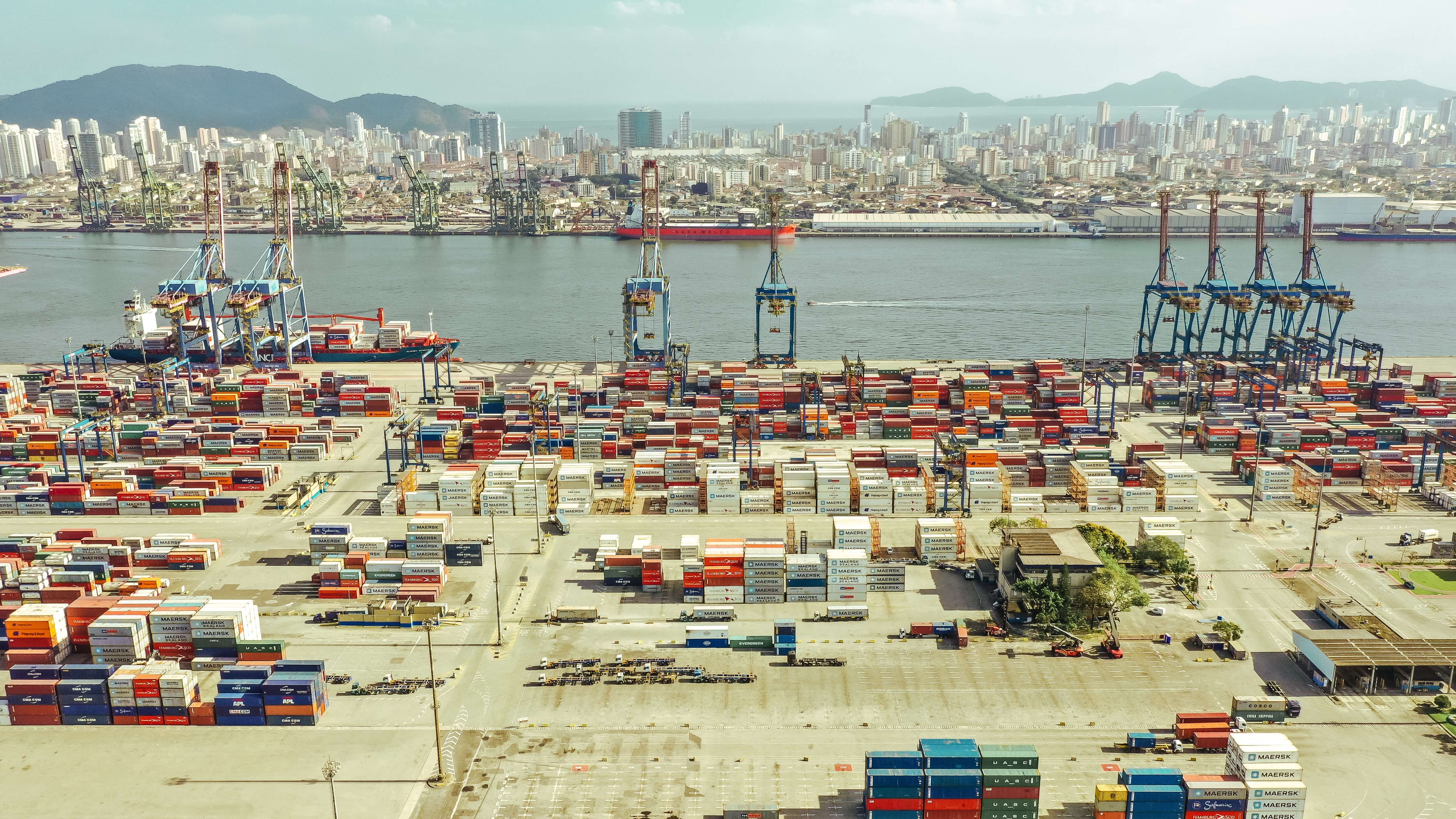
Manage container flow by leasing one-way SOCs on xChange
Container xChange helps you reduce your empty container repositioning costs, and find trustworthy partners. It also helps you skip the hassle of lengthy contract negotiations, background checks, and endless emails.
On the xChange platform, you’ll find over 1000+ vetted companies. We have a mandatory vetting process for all new members joining the platform, to ensure your safety.
On our online neutral platform, we make it easy for container owners and users to find trustworthy one-way partners. And you can automatically update your one-way offers on xChange, easing your manual workload.
You can also monitor your one-way containers in real-time. You can receive container status updates and tracking alerts – such as ETAsWhat is estimated time of arrival? Estimated time of arrival, commonly known as ETA, is a frequently used term globally to denote the time of coming. In the shipping & logistics industry, it is ... More and misuse warnings.
In addition, the leasing platform on xChange is commission-free and provides full price transparency. This means that all the rates and fees that you see are stated upfront and are negotiable. This way, you can be sure what you’re paying and why, before signing a deal.
Imagine the satisfaction when you see the amount of money you save after you’ve minimized the number of empty containers you reposition. That’d be a great deal to make right?
Now that you’re well informed, all you’ve to do is type in the container type, and choose your pick-up location(s). A list of vetted and certified partners will appear on your screen, you can then choose the one that best fits your requirement. Make your offer and start negotiations.
Ready to get started on that good deal? Click the banner below!
Container Flow: Common FAQS
What is container flow?
Container flow is related to container logistics. It is the entire journey the container makes from the exporter’s warehouse to the importer’s warehouse
What is the container shipping process flowchart?
The container shipping process flow chart is a pictorial representation of the container flow, from start to end.
What is one way of leasing?
One-way leasing is when the container user only uses the box one way. Example: from the US to China. The container user leases the shipping container for that one journey.
What are the types of container flow?
There are two types of container flow: Balanced container flow- this refers to the container flow for exports and imports between two places. Imbalanced container flow -here the container flows in only one direction, and the return leg is performed without carrying any load.



